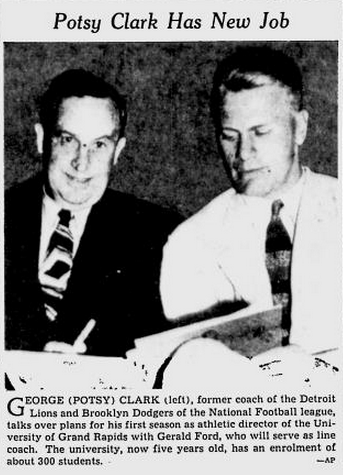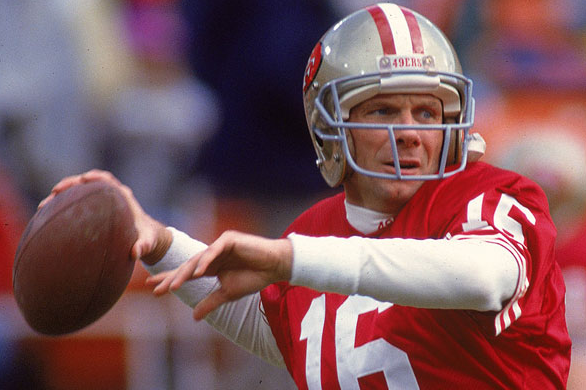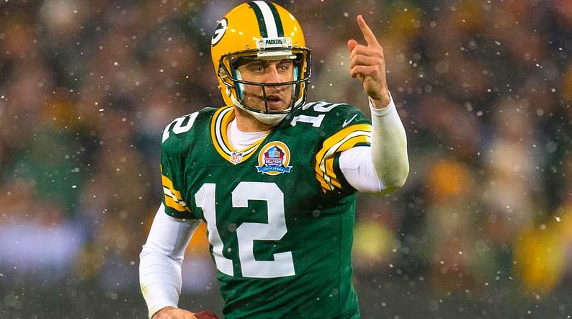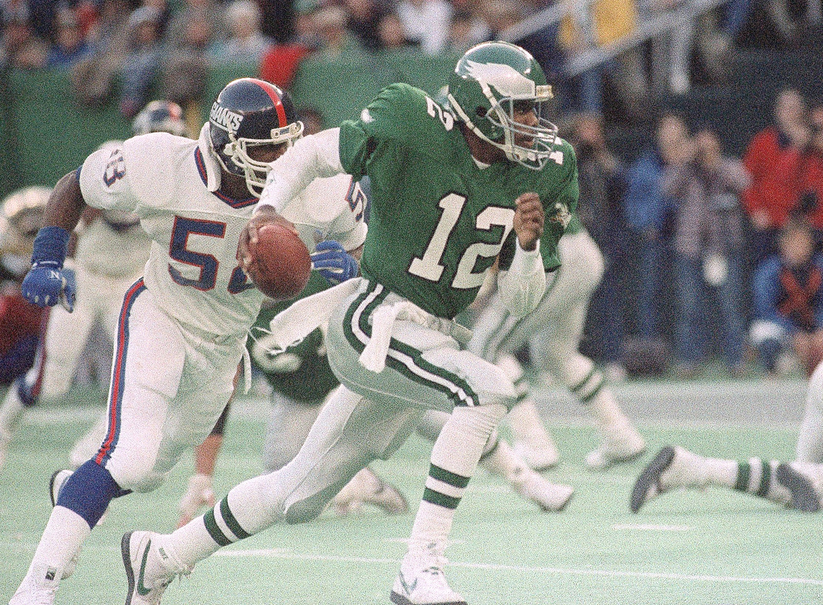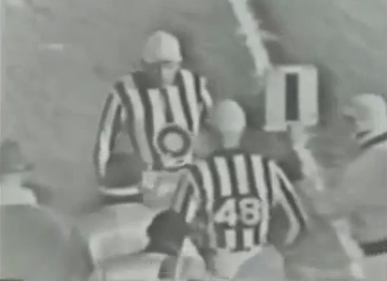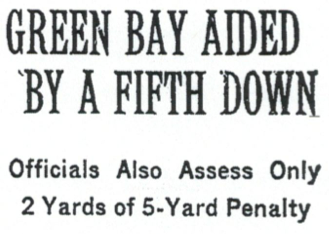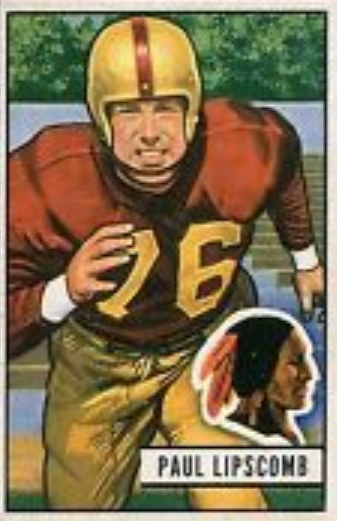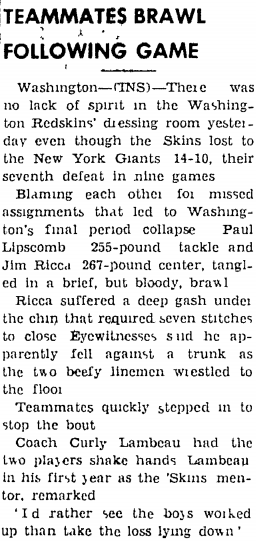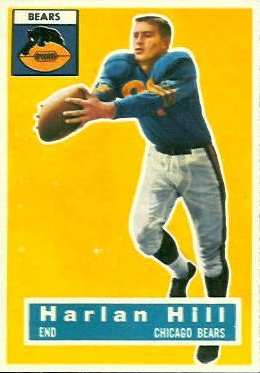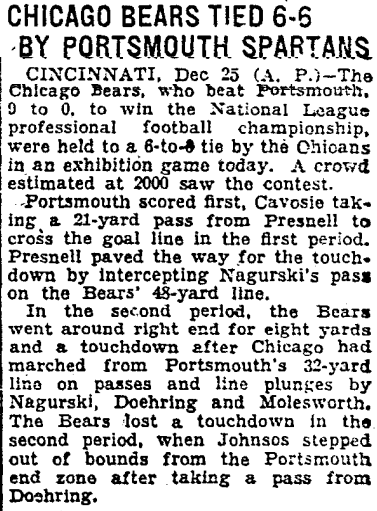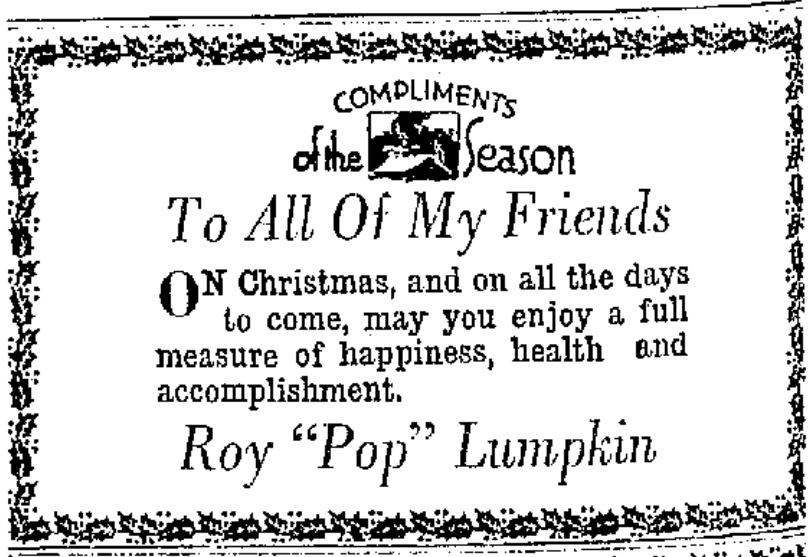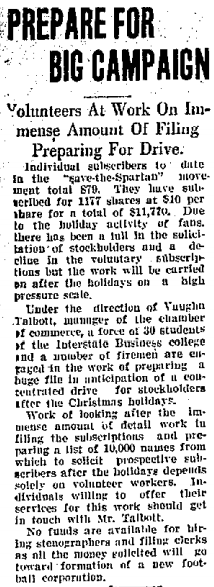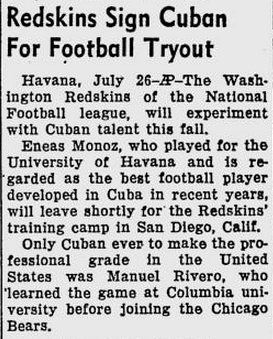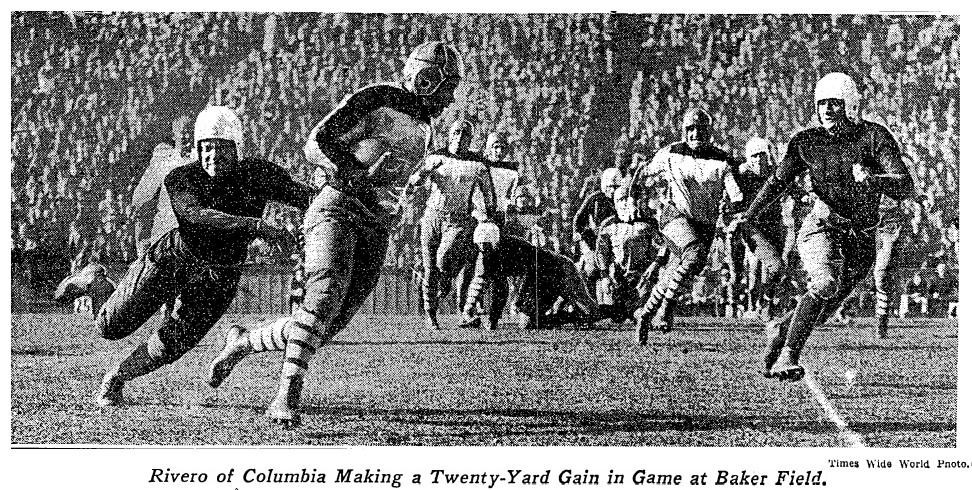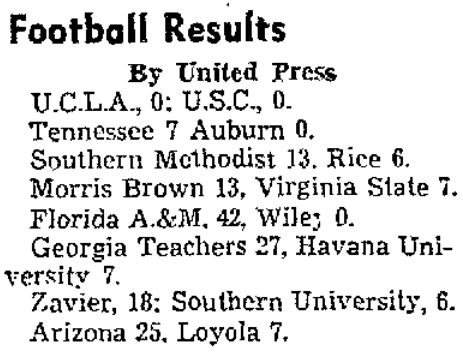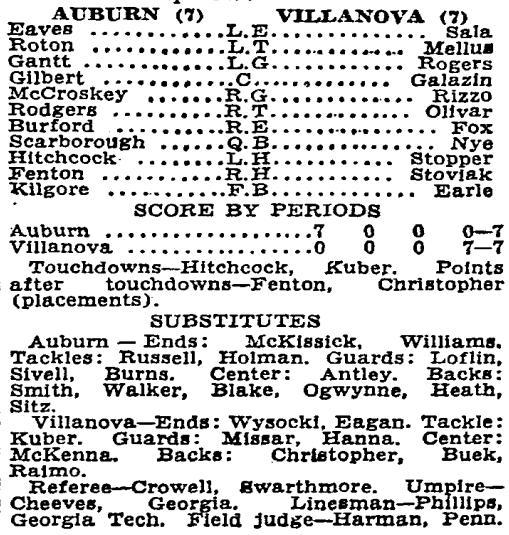The NFL is a sausage grinder for players and coaches alike. Jim Harbaugh lasted a mere four years with the 49ers — tremendously successful years that included three conference title games and one Super Bowl — before returning to the college ranks to run the program at Michigan, his alma mater.
The toll the game takes on a man, physically and every other way, has never been greater. The level of commitment is all-consuming now, pretty much 24/7/365. Coaches cleaning out their desks tend to look like presidents leaving office: as if they’ve aged a decade in a single term.
But here’s the thing: Coaching has always been an incredible grind, even in simpler times. As Bruce Ogilvie, the sports psychologist, memorably said, “When you are discussing a successful coach, you are not necessarily drawing the profile of an entirely healthy person.”
Even in the ’40s, when there was no free agency, no scouting combine, no drug testing (and its accompanying surprises) — not to mention minicamps and OTAs — you had NFL coaches saying, “Who needs it?” and going back to college ball. One of the more notable examples is Adam Walsh, who guided the Rams to the 1945 championship and, two years later, was so sick of owner Dan Reeves’ intrusiveness that he decided to reclaim his old job at Bowdoin College in Maine. (Yes, the Division III Bowdoin Polar Bears.)
A few years earlier, Potsy Clark did much the same thing. Potsy — you can only call him Potsy — had a terrific run with the Portsmouth Spartans/Detroit Lions from 1931 to ’36, winning one title 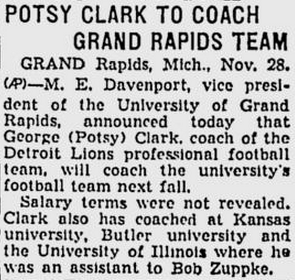 game, losing another and compiling a 48-20-6 record. After the 1940 season, though, he opted for a coach/athletic director/PR position at the University of Grand Rapids (now Davenport University), figuring it offered more stability. The school was “just 5 years old,” The Associated Press reported, and had “an enrollment of about 300 students.”
game, losing another and compiling a 48-20-6 record. After the 1940 season, though, he opted for a coach/athletic director/PR position at the University of Grand Rapids (now Davenport University), figuring it offered more stability. The school was “just 5 years old,” The Associated Press reported, and had “an enrollment of about 300 students.”
(By the way, did you notice the young offensive line coach in the photo, to Potsy’s right? It’s Jerry Ford, the future U.S. president — and a fine center at Michigan.)
Lions owner Fred Mandel was caught off guard by the development. The season, after all, had ended just four days before. “Potsy and I had scheduled a conference on the renewal of his contract for tomorrow,” he told the AP. “I had not asked for his resignation nor had he suggested he would resign.”
Jimmy Wood wrote a column about it in The Brooklyn Eagle a couple of weeks later. Here are some of the highlights:
Seems that Potsy, after 20 years of the whirl in the big time, has decided to abandon the stadium with its cheering multitude and the high-pressure method necessary in jobs where victory is the only goal. Tutoring at Detroit, or coaching a pro team, these meant temporary power for him[;] but looking at his two daughters approaching college age, Potsy began to reflect more deeply and[,] for his set, he arrived at a profound conclusion. He decided to abandon worldly treasure for a post that did not depend on a won-and-lost record; he was happy to shove off for backwoods, for the University of Grand Rapids, for oblivion.
Potsy sleeps tonight in the shirt of a happy man, but we wonder how many other coaches throughout the land ponder and envy him. The whimsicalities of coaching could convert any coach into a sour-visaged Koheluth prating, “Vanity of vanities, all is vanity.” Behold one day the team loses and the castle falls. It may be that the star back broke his arm, it may be that one play didn’t click or the grass was slippery down at the goal line. It may be, indeed, that the other team was better. Presto, the big game is lost, and the alumni take up the cry for blood. . . .
Potsy Clark leaves the big time for the shadowy sticks, and his meager income there will see his girls through school and give him a second-hand car and perhaps a bungalow cottage near the railroad tracks. But how many big-time, middle-aged coaches in the nation examine their won-and-lost records again today and wish the roar of the crowd on their side didn’t weight heavily in the scales. They must think of Potsy Clark and his security in the mediocrity of Grand Rapids and ponder what a lucky guy he is.
From what I hear, Harbaugh’s income at Michigan is anything but “meager” — and should provide him with more than “a second-hand car” and “a bungalow cottage near the railroad tracks.” But you get the idea.
Source: pro-football-reference.com

